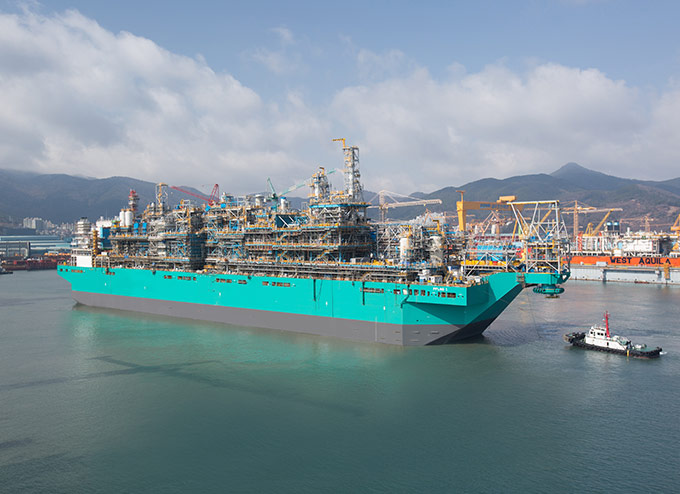Global LNG Demand Up 10% in 2017
LNG trade is growing rapidly, and is expected to continue to increase in global prominence in the coming years, according to the EIA and the International Group of Liquefied Natural Gas Importers (GIIGNL).
International trade in LNG reached 38.2 Bcf/d last year, up 10% from 2016. Importers consumed 3.5 Bcf/d more in 2017 than in 2016, the largest yearly increase on record.
Not a major player this year, but much more coming in 2019
The U.S. has added significant exporting capacity, and shipped just under 2 Bcf/d in 2017. This represents a massive increase in capacity considering the country’s historically minimal exports of LNG, but the U.S. is not a major global player yet.
In fact, the U.S. was only the seventh-largest exporter of LNG last year—surpassed by Qatar, Australia, Malaysia, Nigeria, Indonesia and Algeria. The U.S. is growing rapidly, however, with many major projects on the way.
Several major terminals are scheduled to come online in late 2018 or early 2019, more than doubling American export capacity. There are about 6.4 Bcf/d of projects currently under construction in the U.S., with another 7.4 Bcf/d approved but not yet under construction. These projects will make the country a much more significant force in global LNG, and will likely make the U.S. the world’s third-largest LNG exporter in 2019.
The U.S. is unique among major shippers of LNG because much of its gas is not already claimed under massive long-term contracts. Instead American LNG is shipped throughout the world. The U.S. is the seventh-largest exporter of gas, but sends LNG to more countries than any other major market player. A total of 25 countries received American gas in 2017, almost double the 13 countries that received shipments in 2016.
Major projects that began producing or ramped up operations include several stages of Sabine Pass in the U.S., Gorgon and Wheatstone LNG in Australia and Russa’s Yamal LNG. In addition, the world’s first operational floating LNG project, Malaysia’s Satu, came online in 2017. Shell’s Prelude FLNG, which will be roughly four times larger than Satu, began commissioning in 2017 and will begin shipments this year.
China becomes second-largest LNG consumer
Asia continues to be the center of LNG consumption, with Japan, China and South Korea each importing large volumes last year. Chinese demand has increased significantly in the past two years, and surpassed South Korea to become the second-largest LNG consumer in 2017. Qatar remains the largest supplier of this demand, with major flows to each of the big three Asian consumers.
Additional new Asian demand came from Pakistan, Taiwan and Thailand, which added a combined 1 Bcf/d in 2017. Europe also increased its LNG consumption, with Spain, Italy, Portugal, France and Turkey each demanding larger volumes.
FSRU growth facilitates new demand
Part of this increase in demand is due to the growing popularity of floating storage and regasification units (FSRU). An FSRU allows a country to import LNG without the expense and complexity of building a terminal at a port. Instead, an FSRU stores and regasifies LNG offshore. FSRUs are connected to the mainland via a pipeline.
There are currently 28 FSRUs across the globe, but their numbers are rising quickly. Four FSRUs were constructed in 2017 alone, and another five are scheduled for 2018 delivery. Seven more are under construction, with delivery from 2019 through 2021. Maintaining this rate, the global FSRU fleet is on schedule to grow by two thirds in five years, rising from 24 vessels in 2016 to 40 in 2021.






